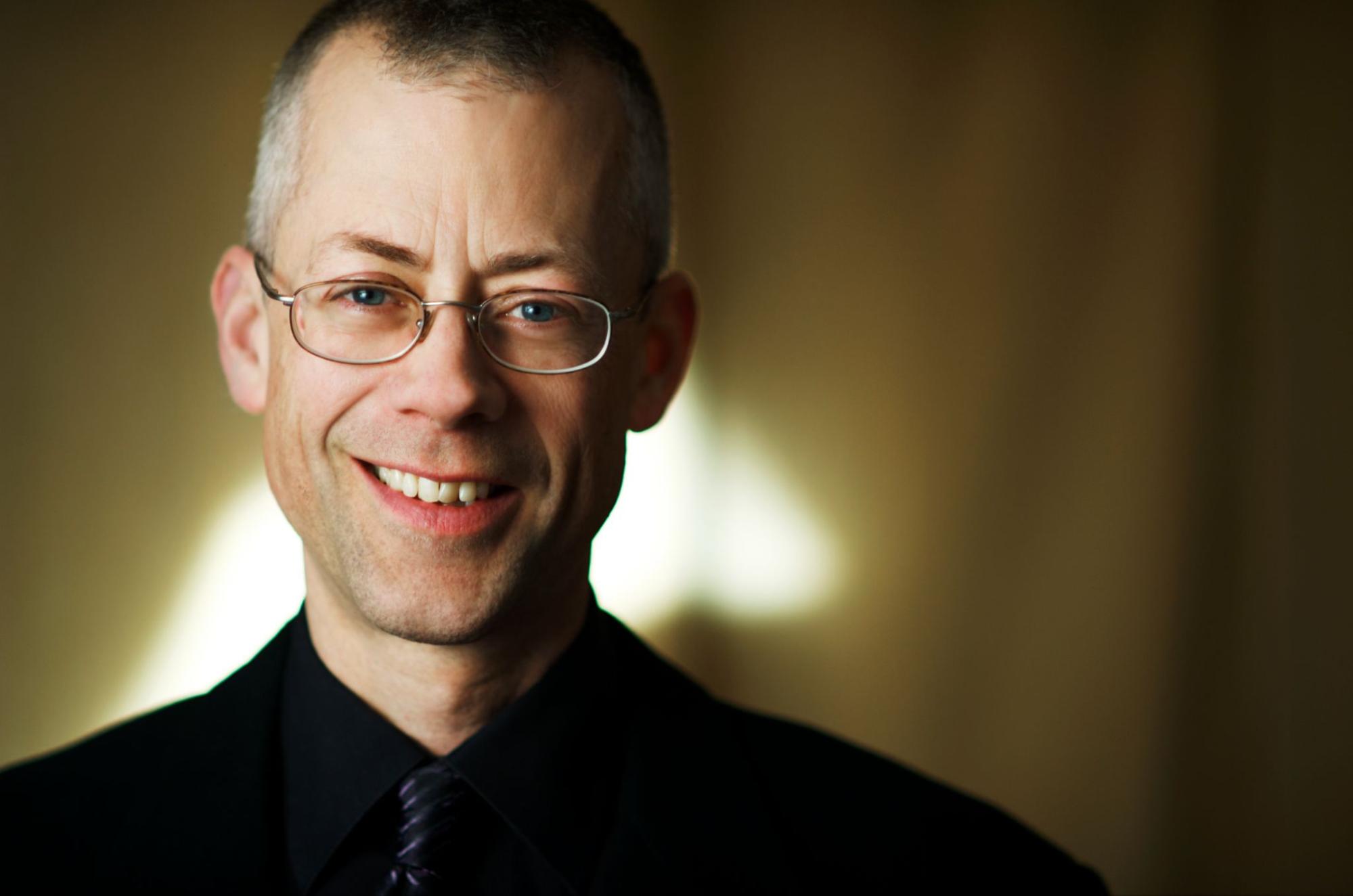Seeking Humanity in History: Scott Metcalfe Discusses Blue Heron’s 'Renaissance Portraits' Concert

// Audio: Blue Heron performing Mon cuer me fait tous dis penser by early Renaissance composer Guillame Du Fay, whose music will be highlighted in the program.
// Photo courtesy of Liz Linder
WHRB recently had the opportunity to interview Scott Metcalfe, artistic director and founder of the early music ensemble Blue Heron, to talk about the upcoming “Renaissance Portraits” concert in Cambridge on Saturday, January 20. The program combines music and pieces of Renaissance art, giving audience members a window into various aspects of different people’s lives during the Renaissance. This event will also include a talk given by Boston University professor Jodi Cranston, in which she will share her expertise in Italian Renaissance art. For more details about “Renaissance Portraits,” as well as ticket information, click here.
WHRB: How did you get introduced to early music? What drew you to it?
Scott Metcalfe: I grew up with early music – my parents were founding members of the University of Vermont Baroque Ensemble, which played on period instruments beginning in the mid-1960s, and my father was an avid collector of LPs and owned many recordings of pioneering European musicians such as Nikolaus Harnoncourt, Gustav Leonhardt, and the Kuijken brothers. I loved the sounds, I loved the music, and very soon I came to love the spirit of discovery and searching for new ways of expression that characterized the early music movement in those days.
WHRB: Why is it important to perform early music in the 21st century?
Metcalfe: To me, “early music” means an approach to performance and repertoire that is constantly questioning, probing, and seeking, trying to learn as much as possible about the music you sing or play and discover new options, in an effort to deliver the most engaging performance possible of music neither you nor your audience may have heard before. It means always trying to widen the horizons of repertoire and performance style. It’s a way of being a musician that could — and should — be applied to music from any place or time, not just music before 1600 or 1750 or 2000 or whatever date one arbitrarily selects to demarcate “early music.” So the answer to the question of “Why early music?” is the same as that to the question, “Why music?”
WHRB: Who is your favorite early music composer, and why?
Metcalfe: That’s an impossible question to answer! I don’t have one single favorite, though these days one particular love of mine is the 15th-century composer Johannes Okeghem, whose complete works Blue Heron has sung over the last several years in a project entitled “Okeghem@600.” His music is complex, sensual, beautifully melodic, technically dazzling, endlessly inventive, and captivating.
WHRB: What was the inspiration for the “Renaissance Portraits” program, especially the concept of combining music with visual arts?
Metcalfe: The program was originally conceived as a musical companion to an exhibition at the Metropolitan Museum in New York City, “The Renaissance Portrait from Donatello to Bellini,” which was open from December 21, 2011 to March 18, 2012. The musical works mirror the different types of portraiture found in the exhibition: official, public portraits of nobles; engagement and marriage portraits; idealized representations of beauty, wisdom, or power, as well as more individualized portraits that convey the character and personality of the sitter. The program is an opportunity to meditate on the different ways the three different arts of music, poetry, and painting express emotions, depict our humanity, and connect us to the living people of the past.
WHRB: Do you know any examples of Renaissance painters who were influenced by musicians or vice versa?
Metcalfe: The most obvious example, perhaps, is Leonardo da Vinci, a painter who was also a musician – both a singer and a player – among other things. In general, the Renaissance was a highly interdisciplinary age, when artists of all kinds, humanists, scholars, and educated patrons mingled freely and exchanged ideas between fields.
WHRB: What are some challenges or surprises that come with creating a program in which visual arts are presented with music?
Metcalfe: Perhaps the biggest challenge, or to reframe the question — the most wonderful benefit — for me is learning something of the vocabulary of the visual arts and contemplating the relationship of the types of expression that each discipline employs in evoking the living spirit of past humans. I’ve come away with a refreshed sense of the power of music.
WHRB: Is there any specific part of the program that you are especially excited for audience members to experience?
Metcalfe: No one thing in particular; there are so many wonderful pieces on it that I could not possibly choose!
WHRB: What would you like for the audience to take away from this program?
Metcalfe: I hope our listeners will attend the pre-concert talk by BU’s Jodi Cranston, an art historian specializing in Renaissance Italian portraiture, enjoy the concert performance, study the poetry and the portraits, and be inspired to delve further into 15th-century art. The Met‘s website has a lot of information and links to materials related to the original exhibition, and would be a great place to start.
// Hillary Jean-Gilles ’25 is a producer and staff writer for Classical Music.